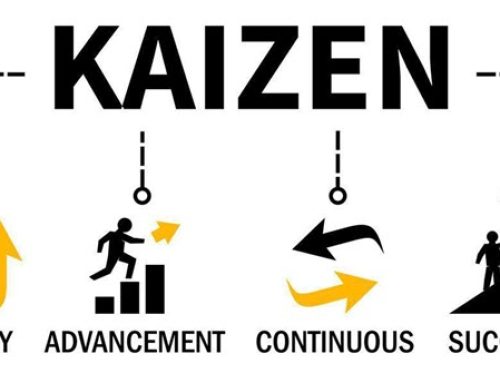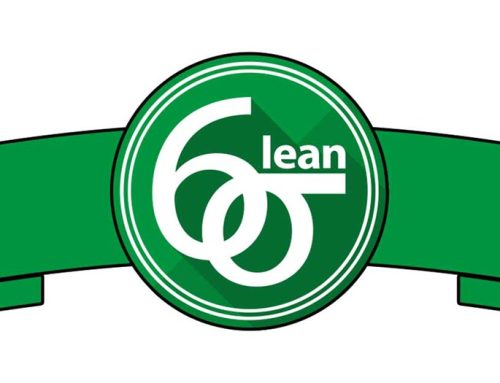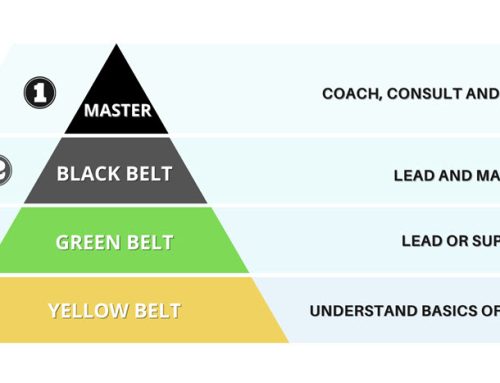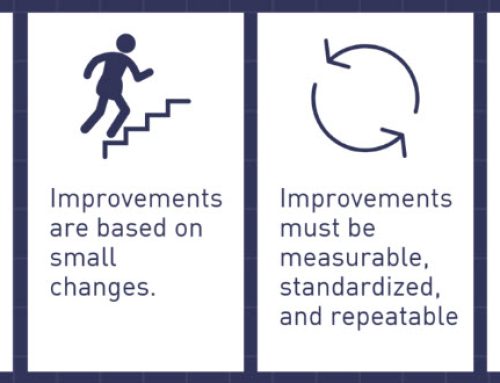In the current climate business organizations can’t take the risk failing irrespective of the industry, just because their key player was lost at a critical stage. Cross training employees plays a vital role, so that losing one of them won’t cause an end to our organization. Basically, cross-training is an organized process to train the workforce so that they are able to perform the job of their colleagues. It is about employee’s growth and development to improve customer satisfaction and organization’s productivity. Cross-training employees give them an opportunity of increasing their on-job skills and knowledge, since it allows them to work on new assignments and acquire the required skills specialization.
Aim of Cross Training Employees
Its basic aim is to strengthen the knowledge and capability of employees, providing them with the skills to move forward and cover the responsibilities of another key team member if they were absent or left. Cross-training employees can prove to be very valuable in preparing an organization for managing the challenges because of unpredicted emergencies like an accident, sudden death, a pandemic etc. Cross-training of employees must be performed vertically as well as horizontally and across the organization to be effective.
Implementation of Cross Training Employees
Its proper implementation is essential in order to produce positive outcomes. and below step by step method can be used.
- The first step is identification of the specific critical tasks where there is a need of cross-training employees.
- The second step is to establish some formal expectation from company employees. It must be conveyed to the workforce that it is mandatory to have at least one individual who has the ability to take over their tasks and responsibilities at a short notice. It must be made compulsory with clear guidelines and targets for when to them effectively cross trained.
- Afterwards, the third step in the implementation will be to provide a rationale behind cross-training employees. Its objectives and the proposed benefits for them must be clarified. It is important to get rid of any kind of rumors that the program is intended to reduce jobs or remove an individual. Another important and critical step in the implementation is to manage resistance.
- In the fourth step we have to be very vigilant about the way in which we are going to approach employees who refuse our training efforts. It must be kept in mind that as their work load is increased, some employees may perceive the additional task as a punishment which could result in dissatisfaction. There is also the possibility that some people may be alarmed of cross training others under the wrong assumption of being replaced. Therefore, we must try to expect and address these reservations in advance with a considerate approach. In this regard, the critical element is communication. We should try to be honest about our intentions behind the training program and focus on the benefits. Moreover, employees may be more interested by knowing that they’re learning new skills to get ready for potential career advancement.
- Now our fifth step is to select the criteria of choosing our trainers and trainees, as we have to decide which ones would be the ideal candidates. While cross-training employees, there components which have significant importance such as motivation, personality, and preferences. As a trainer, an experienced person who is well-informed in the subject matter is a most suitable candidate. For trainees we must consider their level of base knowledge about the skill or task, proven talents in same or complimentary responsibilities and their performance level. In the selection process, feedback from supervisors and human resources could be very useful.
- Now our sixth step is to allocate sufficient funds, time, training materials, and training facilities for implementing the cross-training in practical terms. An organization must be aware of the fact that a new person will require more time to complete new tasks until the desired level of expertise has been achieved. Hence, during the training process their work load must be managed and reduced accordingly.
- In addition to that, our seventh step is the formation of a recognition and reward program for employees who have completed their cross-training program satisfactory. It will boost their morale and set promising prospects of future cross-training programs.
- Our last and eighth step is the development of a suitable and effective feedback mechanism. The employees must be given an opportunity to provide their feedback on the cross-training activities as well as their impact on them. The information derived from their feedback can be used to improve our efforts continuously.






